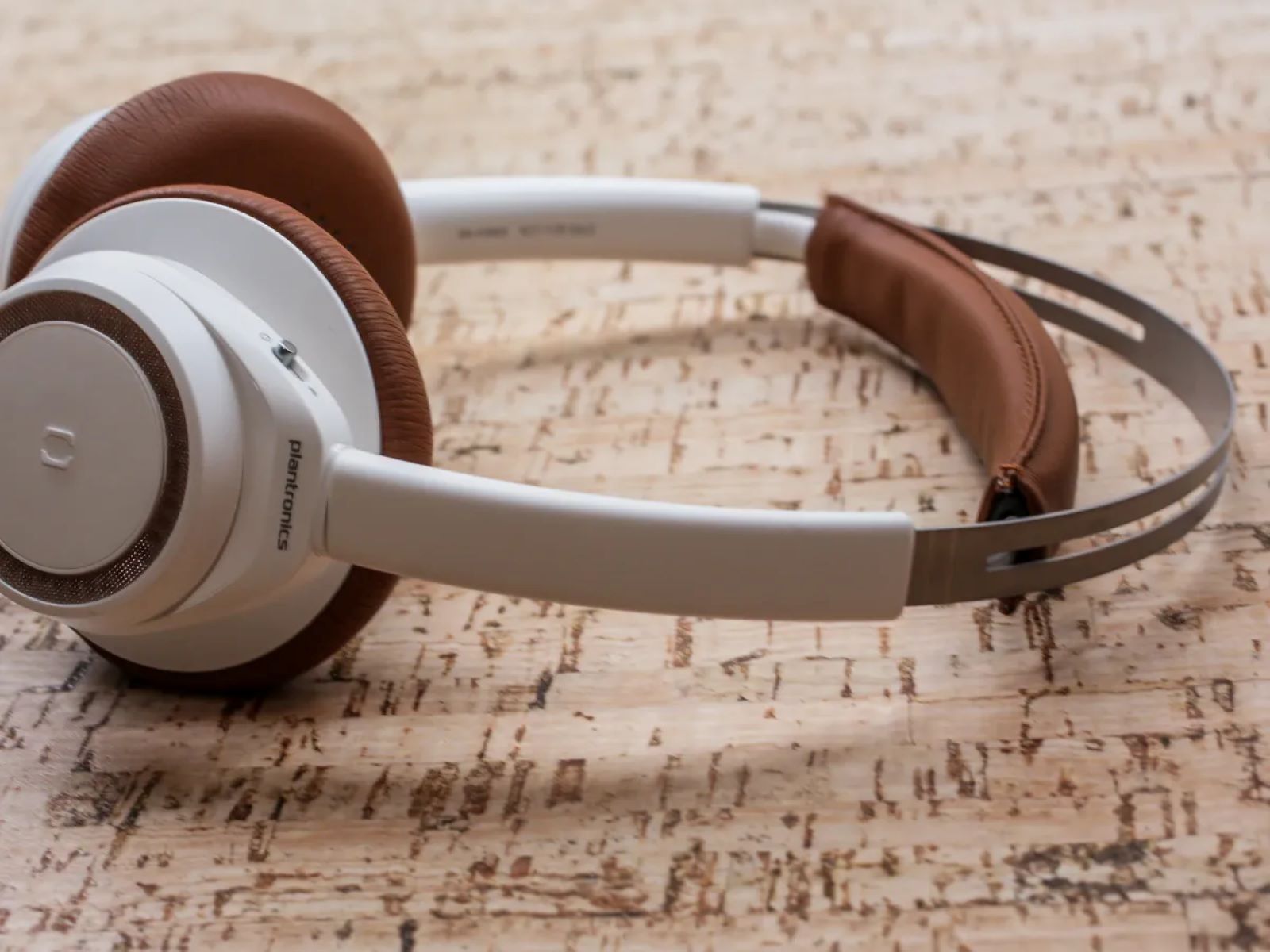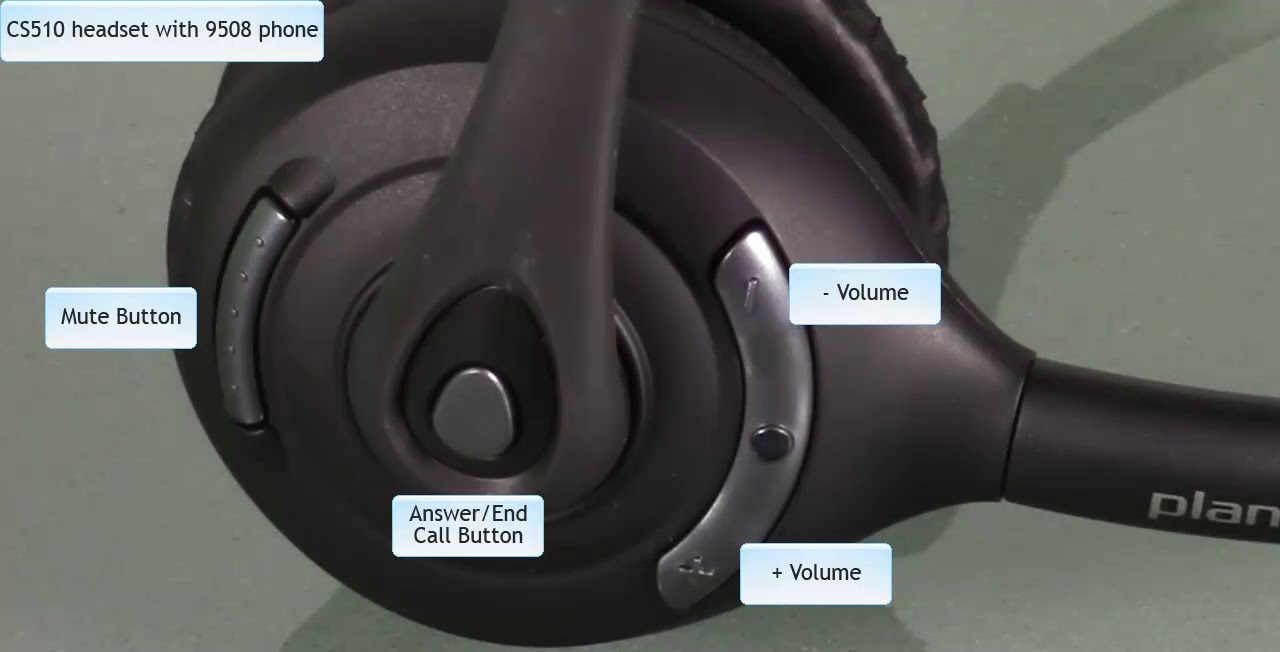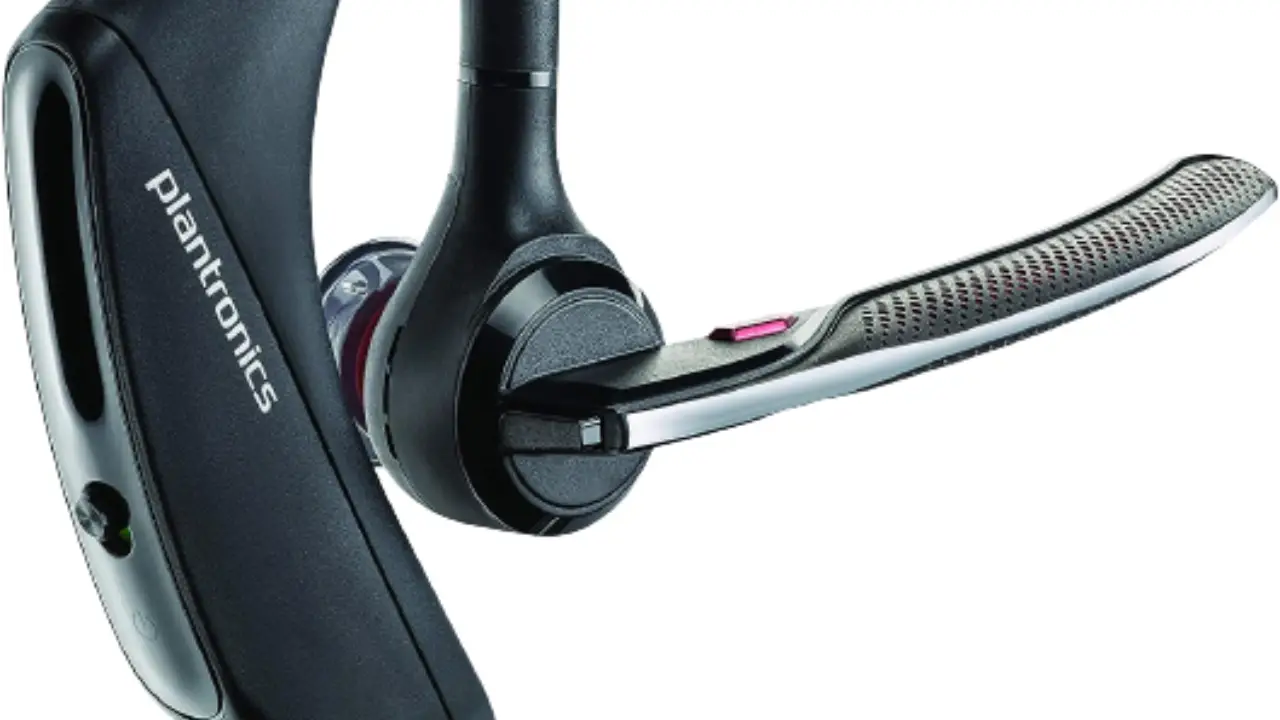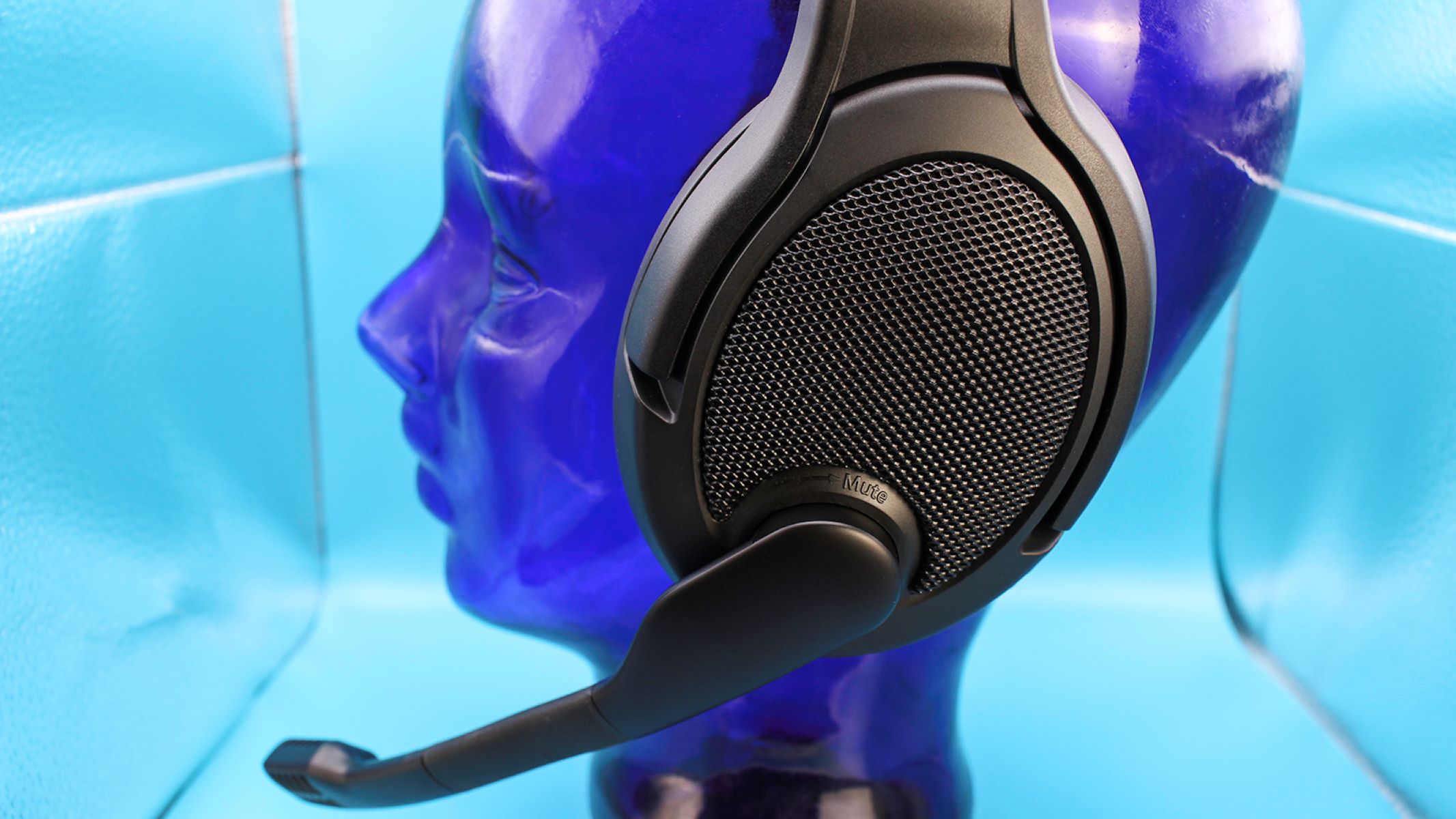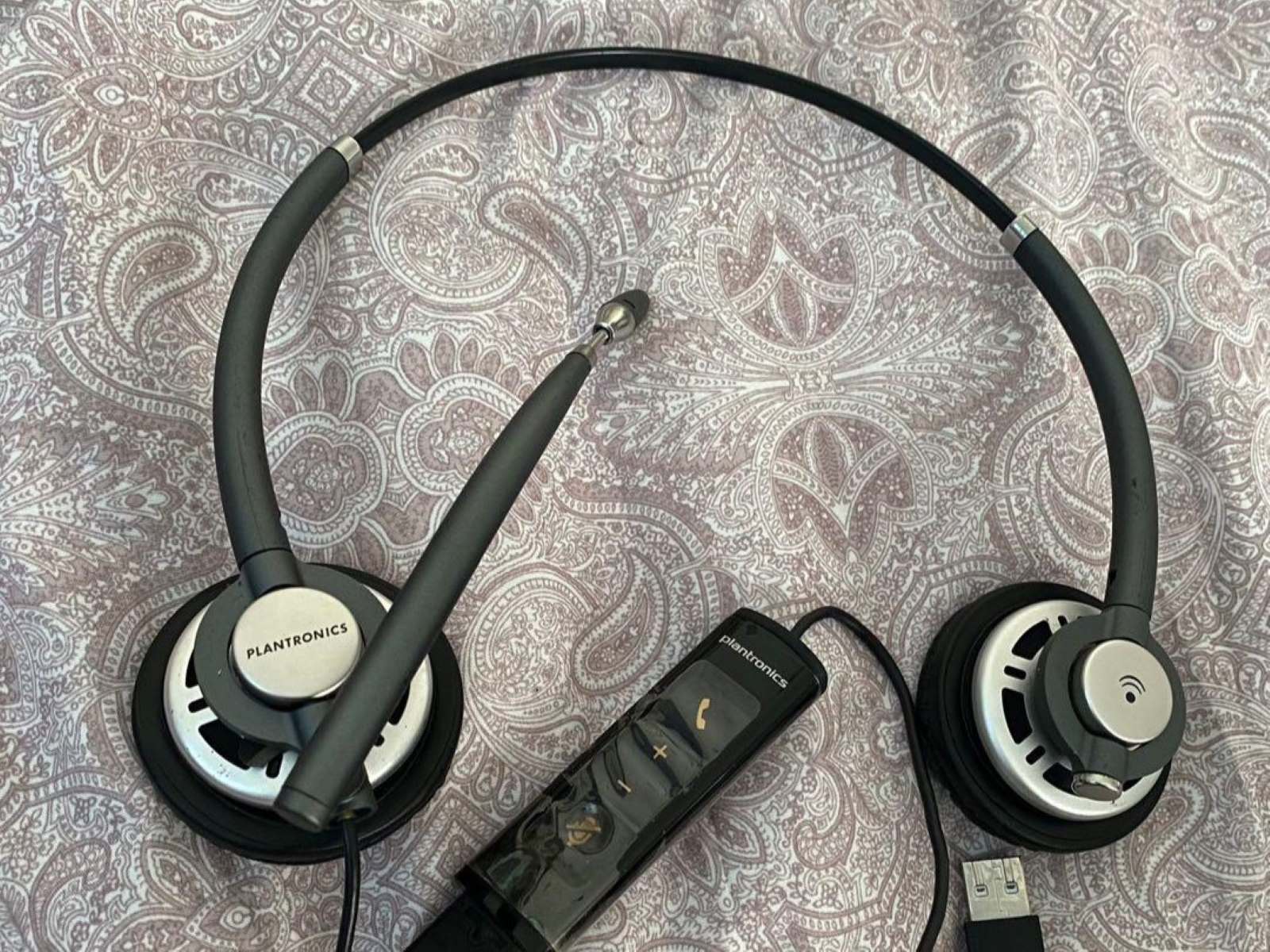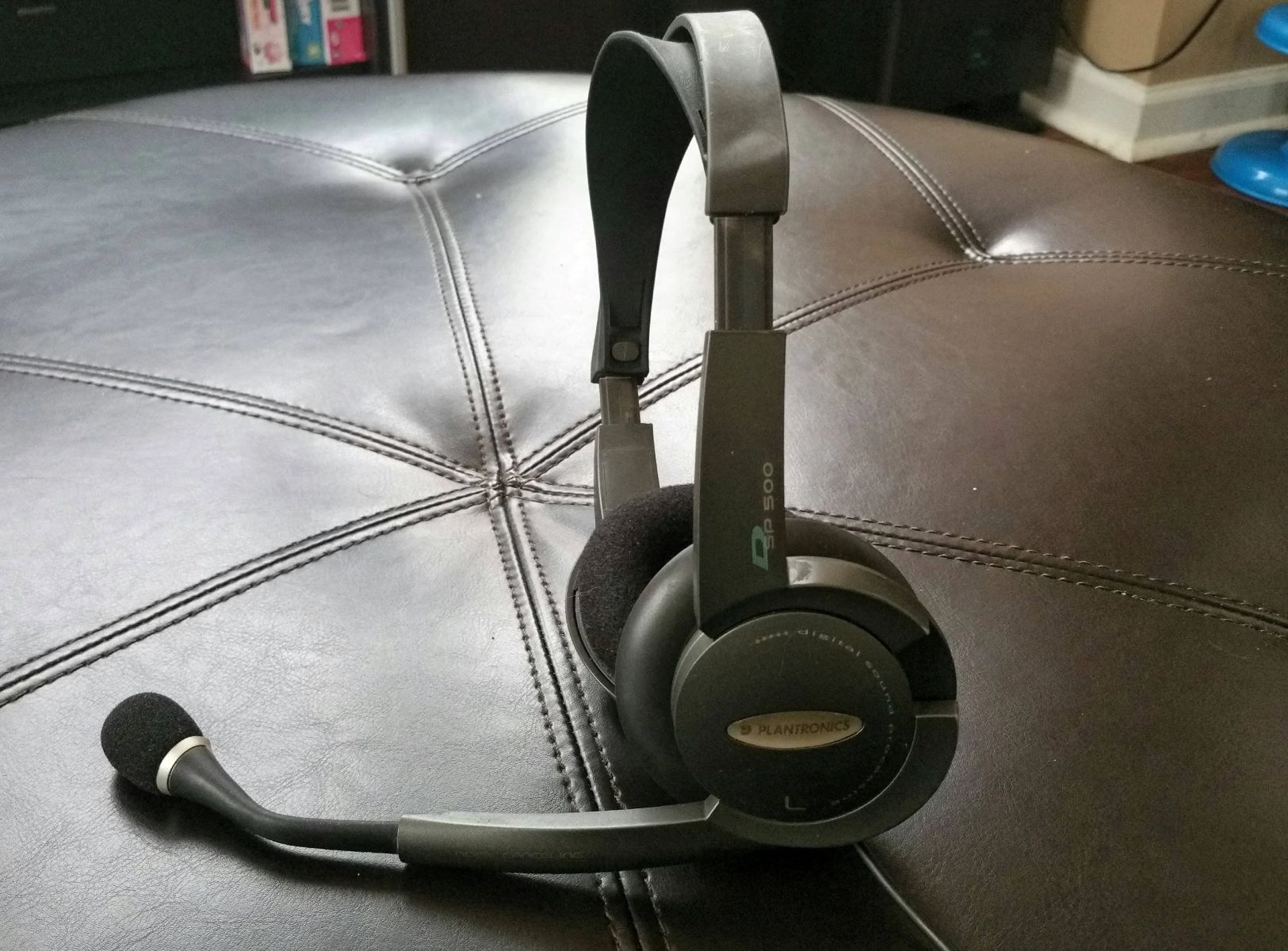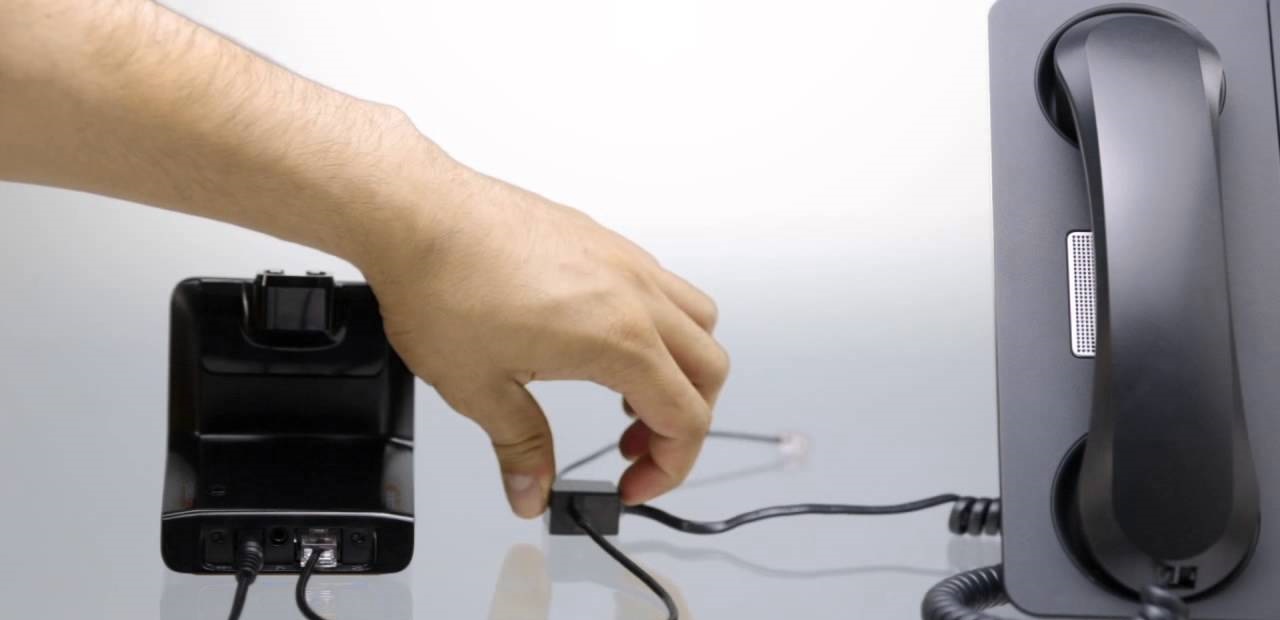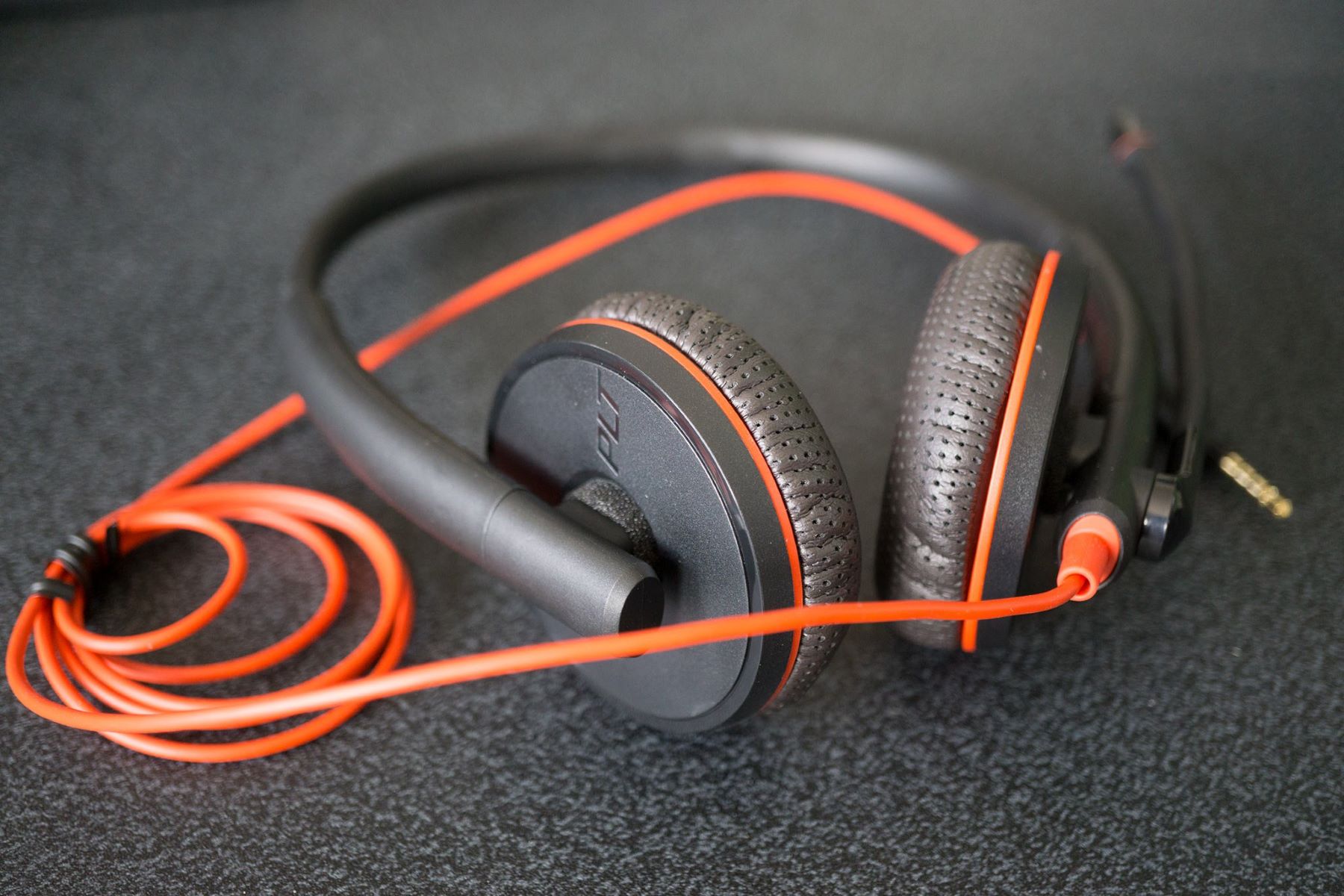Introduction
Plantronics headsets are renowned for their exceptional quality, innovative features, and ergonomic designs. These devices have become indispensable tools for professionals and tech enthusiasts, offering seamless communication and enhanced productivity. However, like any electronic device, Plantronics headsets may encounter occasional glitches or performance issues. In such instances, having a solid understanding of troubleshooting methods and quick reset procedures can be incredibly beneficial.
This article aims to provide a comprehensive guide to troubleshooting common issues with Plantronics headsets and executing a quick reset when necessary. By delving into these topics, readers will gain valuable insights into optimizing the performance of their Plantronics headsets and addressing any potential concerns effectively. Whether you're a seasoned user or a newcomer to the world of Plantronics headsets, this guide will equip you with the knowledge and confidence to tackle various challenges that may arise.
Plantronics headsets are designed to deliver exceptional audio quality, comfort, and reliability, making them ideal companions for everyday communication needs. From wireless Bluetooth headsets to versatile USB models, the diverse range of Plantronics devices caters to a wide spectrum of user preferences and requirements. Understanding the intricacies of troubleshooting and performing a quick reset can significantly extend the lifespan of these devices and ensure a seamless user experience.
As we delve into the common issues encountered with Plantronics headsets and the step-by-step troubleshooting process, you'll gain valuable insights that can empower you to address technical hiccups with confidence. Additionally, the quick reset guide will serve as a valuable resource for swiftly resolving persistent issues and restoring your Plantronics headset to optimal functionality.
With a focus on practical solutions and user-friendly instructions, this guide aims to demystify the process of addressing headset-related issues, providing readers with the tools they need to overcome challenges and maximize the potential of their Plantronics devices. Whether you rely on your Plantronics headset for professional calls, gaming, or multimedia consumption, this guide will serve as a valuable companion in your journey toward seamless headset performance.
Common Issues with Plantronics Headsets
Plantronics headsets are revered for their reliability and exceptional performance, yet users may encounter occasional issues that can disrupt their seamless experience. Understanding these common issues is crucial for effectively troubleshooting and maintaining the functionality of Plantronics headsets. Here are some prevalent challenges that users may encounter:
-
Audio Distortion: One of the most common issues experienced with Plantronics headsets is audio distortion. This can manifest as crackling, static, or muffled sound quality, impacting the overall audio experience during calls, gaming, or multimedia playback.
-
Connectivity Problems: Users may encounter difficulties in establishing and maintaining a stable connection between their Plantronics headset and the paired device. This can lead to frequent disconnections, pairing failures, or intermittent Bluetooth connectivity issues.
-
Microphone Malfunctions: Some users may encounter issues with the microphone functionality, such as the inability to capture clear audio, background noise interference, or microphone failure during calls or voice commands.
-
Charging and Battery Concerns: Plantronics headsets rely on battery power for wireless functionality, and users may face challenges related to battery life, charging failures, or irregular battery performance, impacting the overall usage and convenience of the device.
-
Physical Wear and Tear: Over time, wear and tear can affect the physical components of Plantronics headsets, leading to issues such as loose fittings, damaged cables, or compromised structural integrity, which can impact the overall durability and functionality of the device.
Understanding these common issues empowers users to proactively address potential concerns and explore effective troubleshooting methods. By delving into the intricacies of each issue, users can gain valuable insights into optimizing the performance of their Plantronics headsets and ensuring a seamless user experience.
Troubleshooting Steps
When encountering issues with your Plantronics headset, it's essential to approach troubleshooting systematically to identify and address the root cause of the problem. By following these comprehensive troubleshooting steps, you can effectively diagnose and resolve common issues, restoring your headset to optimal functionality.
-
Check Audio Source and Settings: Begin by verifying the audio source (such as a computer, smartphone, or gaming console) and ensuring that the audio output settings are configured correctly. Adjust the volume levels and audio settings to rule out any source-related issues that may impact the headset's performance.
-
Inspect Connectivity: If you're experiencing connectivity problems, ensure that the headset is adequately paired with the target device. Verify that Bluetooth is enabled on the device, and attempt to re-pair the headset if necessary. Additionally, check for any interference from other nearby Bluetooth devices that may disrupt the connection.
-
Microphone Testing: To address microphone malfunctions, conduct a microphone test using the headset's accompanying software or a relevant application. Check for any physical obstructions near the microphone and ensure that the microphone settings are properly configured on the connected device.
-
Battery and Charging Verification: If you're encountering battery-related issues, such as irregular charging or shortened battery life, inspect the charging cable, power adapter, and charging port for any damage or debris. Verify that the headset is charging properly and consider performing a full recharge cycle to recalibrate the battery.
-
Software Updates and Firmware: Ensure that the headset's firmware and accompanying software are up to date. Check for available updates on the manufacturer's website or through the proprietary software application, as firmware updates often include bug fixes and performance enhancements.
-
Physical Inspection: Examine the physical components of the headset for signs of wear and tear. Check the integrity of the cables, ear cushions, and adjustable components, ensuring that the headset is free from physical damage that may impact its functionality.
-
Reset and Reboot: If the issues persist, consider performing a soft reset or rebooting the headset according to the manufacturer's guidelines. This can help clear temporary glitches and restore the headset to a stable state.
By diligently following these troubleshooting steps, users can effectively address a wide range of issues that may arise with their Plantronics headsets. Whether it's audio distortion, connectivity problems, microphone malfunctions, or battery concerns, a systematic approach to troubleshooting can lead to successful resolution and an enhanced user experience.
Quick Reset Guide
Performing a quick reset on your Plantronics headset can be a highly effective solution for addressing persistent issues and restoring optimal functionality. Whether you're encountering connectivity problems, audio distortion, or performance glitches, executing a quick reset can help clear temporary inconsistencies and recalibrate the headset's internal components. Here's a step-by-step guide to performing a quick reset on your Plantronics headset:
-
Power Off: Begin by ensuring that your Plantronics headset is powered off. If the device is currently in use, power it down completely to initiate the reset process.
-
Disconnect from Power Source: If your Plantronics headset is battery-powered or features a rechargeable battery, disconnect it from the power source. This includes unplugging the charging cable or removing the battery, depending on the specific model of your headset.
-
Reset Button or Sequence: Many Plantronics headsets feature a dedicated reset button or a specific reset sequence. Consult the user manual or the manufacturer's website to identify the reset mechanism for your particular headset model. Press and hold the reset button or follow the prescribed sequence to initiate the reset process.
-
Hold for Duration: Depending on the model, you may need to hold the reset button for a specific duration, typically ranging from 10 to 30 seconds. Ensure that you maintain the required duration to facilitate a complete reset.
-
Indicator Lights or Audio Cues: During the reset process, pay attention to any indicator lights or audio cues emitted by the headset. These signals may indicate that the reset is in progress or that the device is returning to its default state.
-
Reconnect and Test: Once the reset is complete, reconnect the headset to the power source or turn it on according to the manufacturer's instructions. Verify that the headset is functioning properly and test its performance by engaging in a call, playing audio, or using any relevant features.
By following this quick reset guide, users can effectively address persistent issues with their Plantronics headsets and restore them to optimal functionality. Whether it's a Bluetooth headset, wireless gaming headset, or a versatile USB model, executing a quick reset can often serve as a swift and reliable troubleshooting method, ensuring a seamless user experience.
This quick reset guide empowers users to take proactive steps in resolving headset-related concerns, providing a valuable resource for maintaining the performance and reliability of their Plantronics devices.
Conclusion
In conclusion, troubleshooting and performing a quick reset on Plantronics headsets are essential skills that empower users to overcome common technical challenges and maintain the optimal performance of these innovative devices. By addressing prevalent issues such as audio distortion, connectivity problems, microphone malfunctions, battery concerns, and physical wear and tear, users can proactively enhance their headset experience and extend the longevity of their Plantronics devices.
The comprehensive troubleshooting steps outlined in this guide provide users with a systematic approach to diagnosing and resolving issues, ensuring that audio quality, connectivity, microphone functionality, battery performance, and physical integrity are effectively addressed. By following these steps, users can navigate through potential setbacks with confidence, leveraging their understanding of the troubleshooting process to optimize their Plantronics headset's performance.
Furthermore, the quick reset guide serves as a valuable resource for swiftly addressing persistent issues and restoring the headset to its default state. Whether it's a Bluetooth headset, wireless gaming headset, or a versatile USB model, executing a quick reset can often serve as a reliable troubleshooting method, clearing temporary inconsistencies and recalibrating the internal components of the headset.
As technology continues to evolve, Plantronics remains at the forefront of delivering cutting-edge audio solutions, and users' ability to troubleshoot and perform quick resets ensures that they can derive maximum value from their Plantronics headsets. Whether utilizing these devices for professional calls, immersive gaming experiences, or multimedia consumption, the knowledge and skills gained from this guide empower users to navigate technical challenges effectively, enhancing their overall user experience.
In essence, the ability to troubleshoot and perform quick resets on Plantronics headsets is a testament to users' proactive approach in maintaining the functionality and reliability of their devices. By integrating these practices into their routine, users can enjoy uninterrupted communication, immersive audio experiences, and seamless connectivity, reaffirming the indispensable role of Plantronics headsets in their daily lives.







